Endoscopic Ultrasound (EUS) in Mumbai, India
A healthy digestive system plays a crucial role in overall well-being, and any disruption can deeply impact daily life. With medical science evolving rapidly, advanced techniques like Endoscopic Ultrasound (EUS) are transforming the way digestive and related conditions are diagnosed and managed.
Here’s something to think about…
According to the World Health Organization, gastrointestinal diseases account for millions of deaths annually, with digestive cancers ranking among the top causes worldwide.
Dr. Vipulroy Rathod, a distinguished Gastroenterologist in Mumbai, India, explains:
“Endoscopic Ultrasound combines the best of endoscopy and ultrasound. It allows us to see inside the digestive tract and beyond with remarkable clarity. This precision helps in detecting conditions at an earlier stage, guiding treatment with far greater confidence and accuracy.”
Curious to know how this procedure works in real practice? Let’s take a closer look…
Advanced Endoscopic Ultrasound (EUS) Procedure by Dr. Vipulroy D. Rathod
EUS is a minimally invasive procedure where a thin, flexible endoscope with a high-frequency ultrasound probe is passed into the digestive tract. This allows doctors to capture detailed images of the digestive lining and nearby organs such as the pancreas, liver, and lymph nodes.
Preparation:
Before the procedure, patients are usually asked to fast. This helps doctors get a clear, unobstructed view of the digestive tract.
Sedation:
To make the experience smooth and comfortable, a mild sedative is given so patients stay relaxed during the test.
Imaging:
Once the scope is in place, the ultrasound probe captures detailed images of the tissues, nearby blood vessels, and surrounding organs, giving doctors a precise look inside.
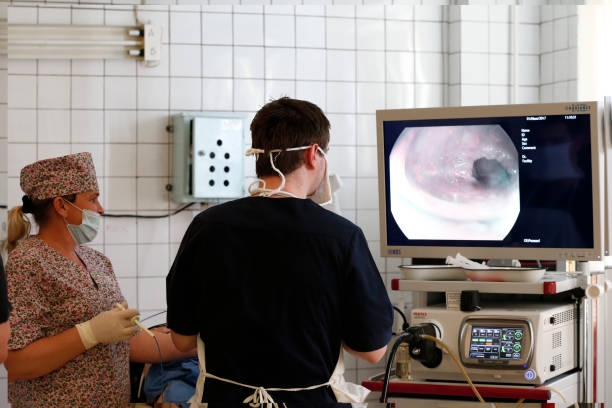
Sample Collection:
If needed, a thin needle can be passed through the scope to take tiny tissue samples (biopsy) for further testing and confirmation.
Dr. Vipulroy Rathod, a pioneering Gastroenterologist in Mumbai, India, shares:
“EUS is not just a test; it’s a gateway to precise diagnosis. Unlike traditional imaging, it can evaluate the depth of a tumor or detect tiny abnormalities that otherwise go unnoticed. This makes it invaluable in conditions like pancreatic disorders and gastrointestinal cancers.”
Wondering if your digestive issues need more than routine scans? Consult a specialist to understand whether Endoscopic Ultrasound is right for you.
So, what kinds of conditions can this advanced tool actually detect? Let’s explore.
Conditions Diagnosed Through Endoscopic Ultrasound (EUS)
A minimally invasive technique to recreate the natural valve at the junction of the stomach and esophagus. Helps reduce reflux without external incisions.
EUS is highly versatile and used for diagnosing a wide range of gastrointestinal and related conditions. It goes beyond standard imaging, helping to evaluate issues with higher accuracy.
Some of the common conditions include:
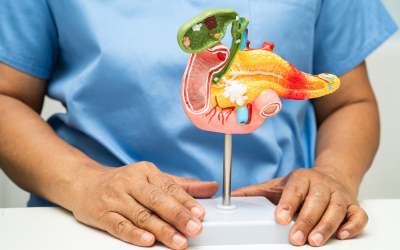
Pancreatic Disorders -
Detects pancreatitis, cysts, and pancreatic cancer in its earliest stages.
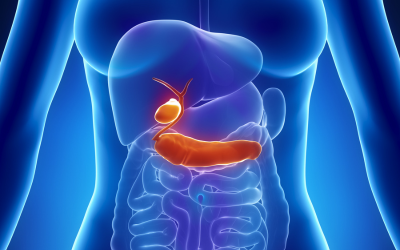
Biliary Tract Conditions -
Helps evaluate blockages or gallstones affecting the bile ducts.
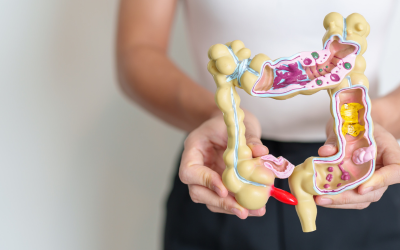
Digestive Tract Tumors -
Assesses size, depth, and spread of tumors in the esophagus, stomach, rectum, and nearby areas.
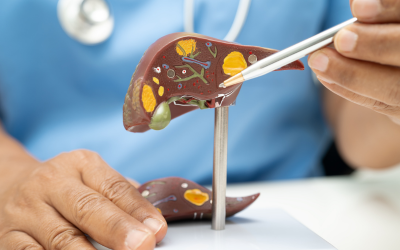
Lung and Chest Evaluation -
Provides detailed imaging of liver lesions that may not be visible on traditional scans.

Unexplained Abdominal Pain -
Identifies hidden causes that are often missed by other diagnostic tools.
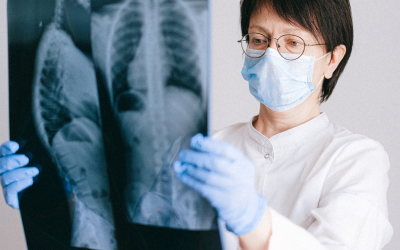
Liver Disease Evaluation -
Helps diagnose mediastinal masses near the esophagus.
Dr. Vipulroy Rathod, an insightful Gastroenterologist in Mumbai, India, emphasizes:
“EUS has revolutionized how we evaluate the pancreas, liver, and surrounding tissues. What once required major surgery can now be assessed with a safe, minimally invasive technique. This ensures early diagnosis, which directly impacts patient outcomes.”
Diagnosis is only as good as the expertise behind it. That’s where experience plays a key role…
Precision Diagnosis and Imaging Expertise by Dr. Vipulroy D. Rathod
EUS requires both technical proficiency and interpretive expertise to yield accurate results. A misdiagnosis or delayed detection can lead to unnecessary suffering, advanced disease stages, or ineffective treatments.
EUS, performed by an experienced specialist, plays a vital role in:

Clarity in Imaging:
Detects pancreatitis, cysts, and pancreatic cancer in its earliest stages.

Targeted Sampling:

Treatment Guidance:
Findings from EUS often determine whether surgery, medication, or other therapy is needed.

Cancer Staging:
Determining how far a tumor has spread, guiding surgeons and oncologists in planning treatment.

Minimally Invasive Therapy:
Treating cysts, draining fluid collections, or delivering medication directly where it’s needed.

Follow-up Assessments:
Monitoring the effectiveness of ongoing treatments.
Dr. Vipulroy Rathod, a highly respected Gastroenterologist in Mumbai, India, notes:
“Every EUS image tells a story, but only the right eyes can interpret it correctly. Precision is everything in gastroenterology. Experience ensures that nothing subtle is missed, giving patients the advantage of early and accurate intervention.”
Looking for a precise diagnosis without unnecessary delays? Speak with a gastroenterology expert about how Endoscopic Ultrasound can help.
The technology is powerful, but it’s the expertise behind it that truly makes the difference…
Why Patients Choose Dr. Vipulroy D. Rathod?
Choosing the right specialist for EUS is as important as the procedure itself. Patients trust Dr. Rathod because of his blend of skill, innovation, and patient-first care.
Key reasons patients prefer him include:
Global Recognition:
Trained at renowned institutions like Yale University and Hamburg, Germany.
Pioneering Work:
Among the first in South Asia to perform diagnostic and interventional EUS.
Vast Experience:
Over 80,000 endoscopic procedures and 20,000 EUS interventions.
Patient-Centric Care:
Focuses on reducing discomfort and improving outcomes through minimally invasive methods.
Comprehensive Services:
Expertise in pancreatic, biliary, and gastrointestinal disorders under one roof.
Cutting-Edge Technology:
Uses the latest endoscopic and imaging equipment for accuracy.
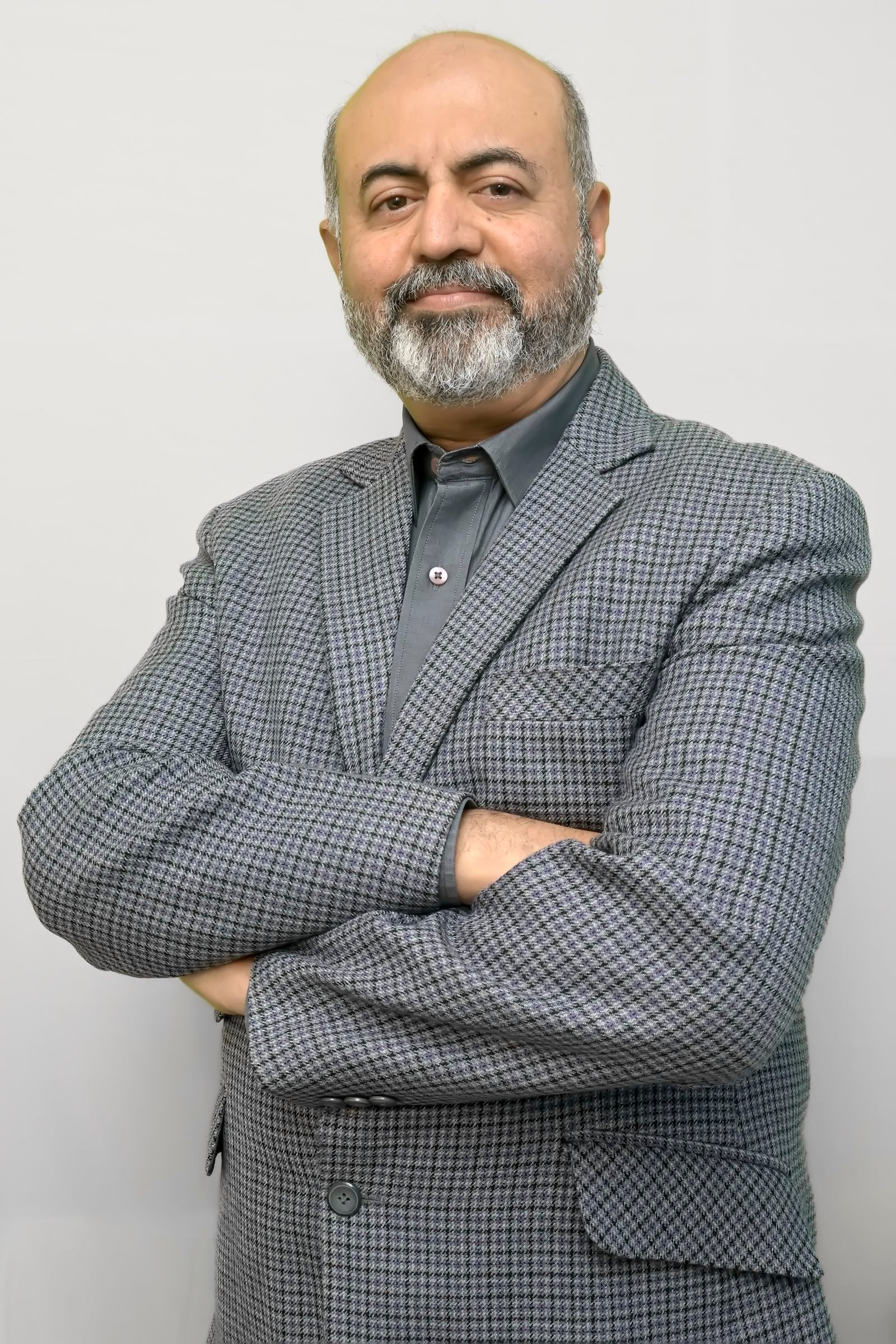
Dr. Vipulroy Rathod, a compassionate Gastroenterologist in Mumbai, India, says:
“Medicine is not only about technology; it’s about trust. I make it a point to ensure every patient feels informed and comfortable throughout the journey. Every procedure is performed with the intent of giving them clarity, comfort, and confidence about their health.”
Still left with a few doubts? Let’s answer some common questions patients ask.
Frequently Asked Questions
No, the procedure is generally painless because it is performed under mild sedation. Patients usually wake up without discomfort and can return home the same day.
The procedure typically lasts between 30 to 60 minutes, depending on the complexity and whether additional steps like fine needle aspiration are performed.
Complications are rare. In some cases, there may be mild throat discomfort, bloating, or temporary drowsiness from sedation. The risks of bleeding or infection are very low.
EUS doesn’t replace CT or MRI but complements them. It offers superior accuracy for certain areas, such as the pancreas and bile ducts, where cross-sectional imaging may fall short.
Most patients resume normal activities the following day. If sedation was used, rest is recommended for the remainder of the day after the procedure.
Disclaimer: The content shared on this page is for informational purposes and not for promotional use.
Need clarity on whether Endoscopic Ultrasound is the right choice for your condition? Speak to a specialist for a personalized evaluation.
